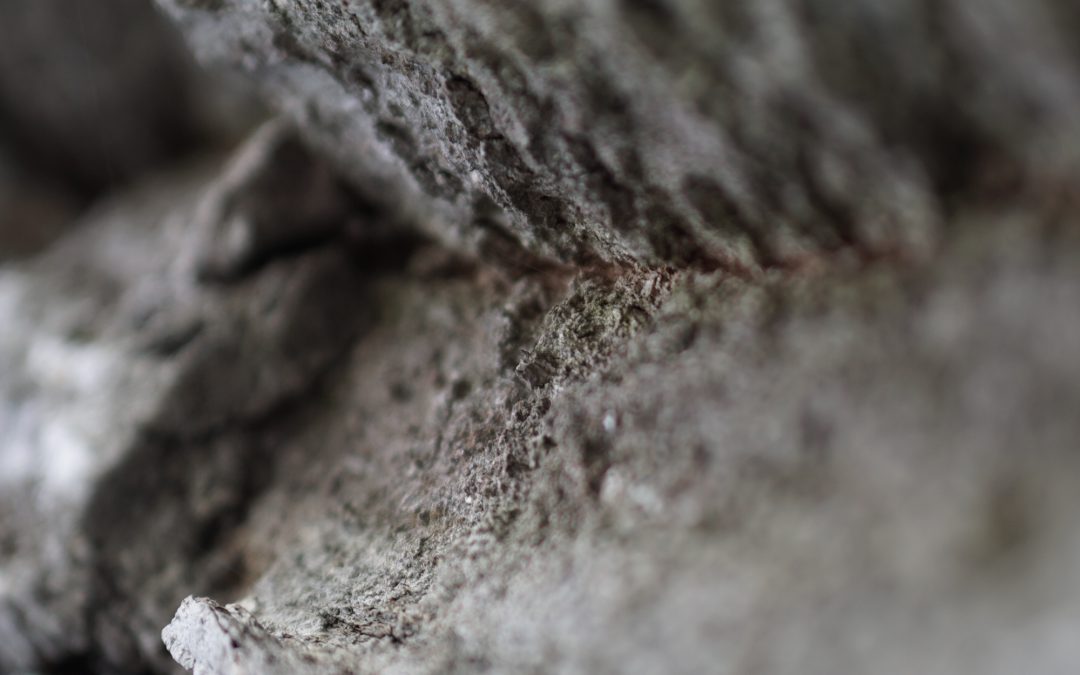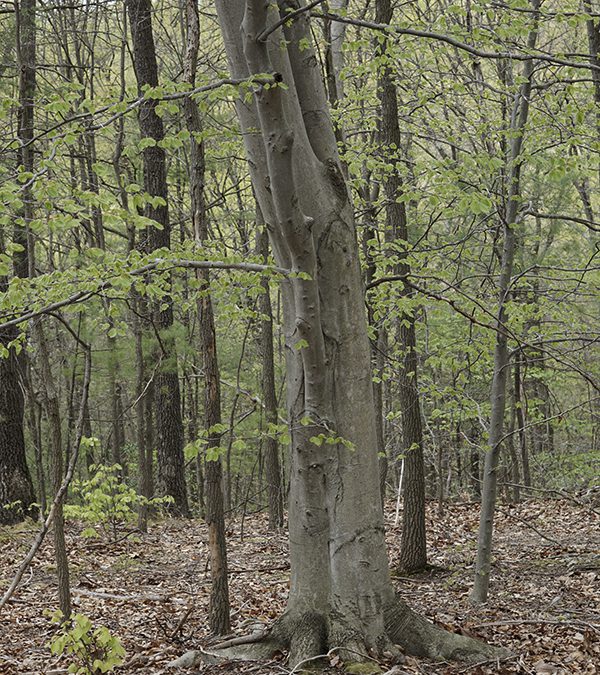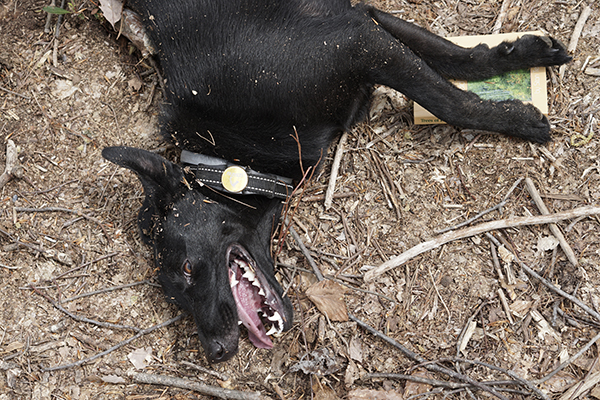
by William | Jan 19, 2022 | Healthy Living
Dear Readers,
Welcome, to the Land of the Laurels…in Winter.
The frailty of human life is very much felt when you are cold…very cold. Yet, the Land of the Laurels still feels very much alive. Quieter, yes. But alive and vibrant and hewn to the change of seasons. William and I want to include some of these natural senses into our home. But with thermal comfort…we would like to maintain the thermal comfort…
With the built environment being the current human habitat, biophilic design is a way we can connect with the land we are on, while keeping the snot in our noses from freezing. If any of you remember my DIY moss wall endeavor, then you had a very brief introduction to biophilic design. Using the above “Biophilic Reference Study” of the Land of the Laurels in the winter, we are going to take it a step further. Biophilic design, at its core, is the love of life itself (biophilia), and its interconnected, holistic, incorporation into the human-built environment.

by William | Jun 9, 2021 | Small Footprint
Dear Readers,
All of my previous tree identifying attempts were a total failure. I do apologize to my 9th grade biology teacher who attempted to grace us with his knowledge of all things Pennsylvanian trees…I have failed you.
Luckily for William and I, we had a friend of a friend of ours…who is now…and actually already was…our friend too, come out to our property to help truly identify the trees on our land. As a previous Pennsylvania State Forester, he knew what he was talking about. And he was incredibly helpful in allowing William and I to become more acquainted with our future home.
To summarize, these are the most prevalent tree species on our wee bit of 2.9 something acres of land:
Chestnut Oak~ that white oak I thought was a white oak, but then thought was a red oak…but really it’s a white oak…
Witch Hazel~ more of a shrub, really…but with tons of ancient medicinal benefits!
Sassafras~ the ones with the cool variety of leaves and lots of sass! Most of the ones we found were lil’ saplings though…they don’t seem to get enough sun to grow big and strong. An indicator for our sun exposure for our house? Hmmm…you sure can learn a lot from trees…especially the sassy ones.

by William | May 12, 2021 | Small Footprint
Dear Readers,
I am starting to feel like I am wasting my time attempting to rely on technology to map our trees. I made a second attempt at using a GPS app to pinpoint the exact longitude and latitude of specific trees on our property (the ones surrounding our home’s intended location and our potential driveway). While this app, called “GPS Coordinates,” was much more accurate at placing trees on a map in relation to our property lines, it was still not 100%.
To start, that ‘unknown big tree’ that is supposed to be directly at the beginning of our potential driveway looks about 50 feet off. Same with the big red oak and pin cherry tree that looks like an elbow…about 50 feet off.
That wee mountain maple that is supposed to be along our driveway, looks to be off by almost 100 feet. That large Scarlet Oak is also way off…I think the American Beech tree is accurate…
Grant it, these coordinates are all shown on Google maps, which is not totally accurate at placing specific, ‘small’ things, in regards to property lines. I mean look at how the same pins show up in completely different places, depending on whether or not you are viewing the property in ‘landscape’ or not…



